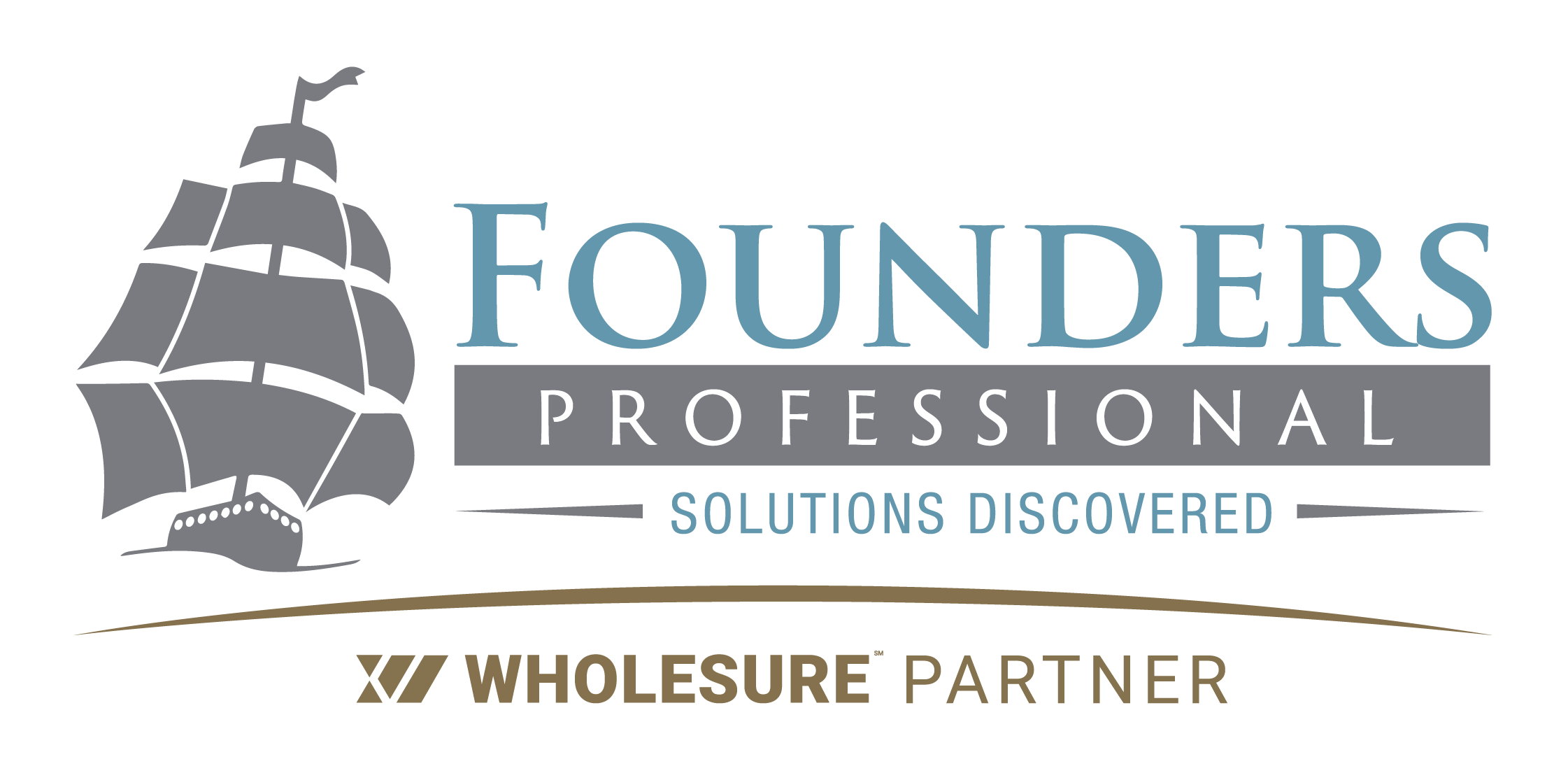The Differences Between the Admitted and Non-Admitted Insurance Markets
It probably happens once every couple of weeks. Being a wholesale Professional Liability broker, I present my retail-broker an option from a carrier that has better coverage, with a better rating, at a better price than the incumbent, but the insured stays put. Less coverage, weaker company, and more expensive- what am I missing?
“Oh, your offer was fantastic. But they like admitted carriers.”
It’s a powerful word, “admitted.” Suggests reliability, approval, acceptance. Especially when juxtaposed with our anti-hero, “non-admitted.” Well, I don’t like the sound of that. Who are these non-admitted shysters you speak of, and why are they not locked up?!
Understanding the characteristics of Admitted and Non-admitted products can save you money, time and possibly your business, so it’s important to accurately appreciate their place in the industry.
Admitted carriers are “licensed” in a particular state, which simply means that the insurance commissioner of that state has approved- and enforces- the rates and forms of a carrier’s product; they file that rate with the state and they are bound to not go below or above the figures contained in that filing. They also have paid-in to the state’s guarantee fund, which is then available to an insured should their carrier go insolvent during the policy period. And admitted carriers are required to give advanced notice if they plan to reduce coverage or raise rates more than a predetermined amount.
Non-admitted (Surplus Lines) carriers can still offer their products in a particular state, however they do not file their rates or forms with a state’s Department of Insurance (DOI), which therefore has no control over the rates the carrier charges or the policy forms they use; they are free to charge as much or as little as they see fit, with as much or as little coverage. Non-admitted carriers also do not pay in to the state’s guarantee fund, so this fund is not available to their insureds should the carrier go insolvent. Instead, the state charges the consumer taxes and fees on each non-admitted placement- currently around 3.75% on average.
There are benefits to writing with an admitted market, for sure. And, believe it or not, detriments as well- especially in the world of Professional Liability. Let’s go through some of the basics and examine where the rubber meets the road.
Becoming “admitted” with a state DOI:
Admitted carriers have filed their rates and forms with a state’s DOI, and they are tied to those rates and forms. That means:
- They are only able to apply certain credits or debits (based on the details of a particular risk) when determining premium.
- They are required to remove those credits- or add debits- when certain conditions change a risk (the type of work an insured does, the size of the business, claim history, etc). In some cases, a non-renewal is mandatory.
- They are also limited in the coverage they can offer an insured, since the policy form and any endorsements have been filed with, and approved by, the DOI.
A non-admitted carrier, on the other hand, is not bound by a filing. This means:
- They can adjust their pricing in accordance with what the market dictates, even if a risk changes. They are not forced to charge a certain amount due to those changes.
- They can stick with an insured that they believe in, even if that insured has had a “shock loss” (rather than being forced to non-renew them).
- They can “manuscript” endorsements, i.e. create new coverages on the fly to fit the particular needs of an insured as their business evolves.
- They can modify limits and deductibles for unique situations- like offering a lower limit or a higher deductible for a higher-risk portion of the insured’s business, rather than just declining to offer them terms at all because a filing doesn’t allow it.
This flexibility is a notable advantage over the admitted marketplace.
Guarantee Funds:
Admitted policies are backed by the state’s guarantee fund. So, if the carrier folds, the insured can turn to the state fund if they have a claim. While this can be a big benefit, some factors need to be considered:
- State guarantee funds range in coverage between $100K and $500K, with most states capping it at $300K. In many cases this can be sufficient. However, there are plenty of situations, especially when it comes to Professional Liability, where an insured is carrying millions or even tens of millions of dollars in limits. While having $100K or even $500K is notable, the true benefit should be considered by each consumer.
- Insolvency of carriers with AM Best ratings of A- or better, which is the standard in Professional Liability, is extremely rare. Since 2001, of the thousands of insurance companies doing business in the US only one such P&C company (and no L&H companies) has gone insolvent. And only one P&C company had an A- or better rating within one year of going insolvent. With that kind of historical lead-time, it’s probably a safe bet that an insured will have enough warning to move coverage before insolvency becomes an issue.
- Worst-case scenario, replacement coverage can be obtained mid-term should a carrier go insolvent. In the case of smaller businesses carrying lower limits, they may be able to float the rest of the policy period banking on the $300K the state funds provide, and re-up at their usual renewal date. But for businesses carrying more significant limits, chances are they’re going to want to find a mid-term replacement to make sure their interests are protected. For those businesses especially, the state funds offer minimal piece of mind in an insolvency situation.
Added expense of taxes & fees:
Since admitted carriers have helped fund a state’s Guarantee Fund, they are not assessed the taxes and stamping fees that are levied on non-admitted placements. In reality, the expense they incurred for obtaining their admitted status is already built into their pricing, it’s just not identifiable by the consumer. On the other hand, placements with non-admitted carriers do result in visible additional charges. And when two carriers are neck-and-neck, especially on larger risks, that average 3.75% can translate to some significant dollars. But since non-admitted carriers aren’t tied to a filing, they can- and often do- adjust their pricing to offset that expense. You might be adding that 3.75% to the premium, but you’re ahead of the game when the non-admitted carrier’s pricing is 5% below the admitted market.
Conditional Renewal Notices:
The specifics in each state vary greatly, however the basic concept is this: admitted carriers are required to give advanced notice of a conditional renewal (reduction of their limits, coverage changes, deductible increases or significant increases to the rate), and must provide an extension (at the expiring rate) if that notice is not provided. While in most cases non-admitted markets are not required to provide this notice or an extension, reputable carriers will offer extensions to insureds if they determine at the 11th hour that changes to the risk now put it outside their appetite or that significant increases to the premium are necessary. Still, it’s always good practice to submit renewal applications as early as possible so there’s sufficient time to find alternate options for an insured should this occur.
Road, Rubber. Rubber, Road.
The long and the short of it is, there are both benefits and detriments to which type of carrier an insured goes with. The benefits of admitted markets will be important to some businesses, but irrelevant- or even detrimental- to others. The most important thing is that our clients are educated about exactly what the admitted marketplace is and isn’t capable of, and which is a better fit for them. For many, they’ll come to the realization that the only thing that needs to be “admitted” is that they should have considered the surplus marketplace long ago.
About the Author
Raffi Kodikian is a Vice President and Lawyers Professional Liability Practice Leader with Founders Professional. Raffi assists retail insurance agents across the Country with securing professional liability insurance solutions for law firms of all sizes. Raffi can be reached at [email protected].

